What do you think about the term ‘mixed-age classrooms’? This consciously curated environment brings together children aged 3 to 6 in one classroom, a concept first introduced by the visionary educator Maria
Montessori as a cornerstone of her renowned teaching method. Now, you might wonder, how does this differ from the traditional same-age classrooms? Well, let me unveil the magic that it brings into the lives of our little learners.
Learning Community:
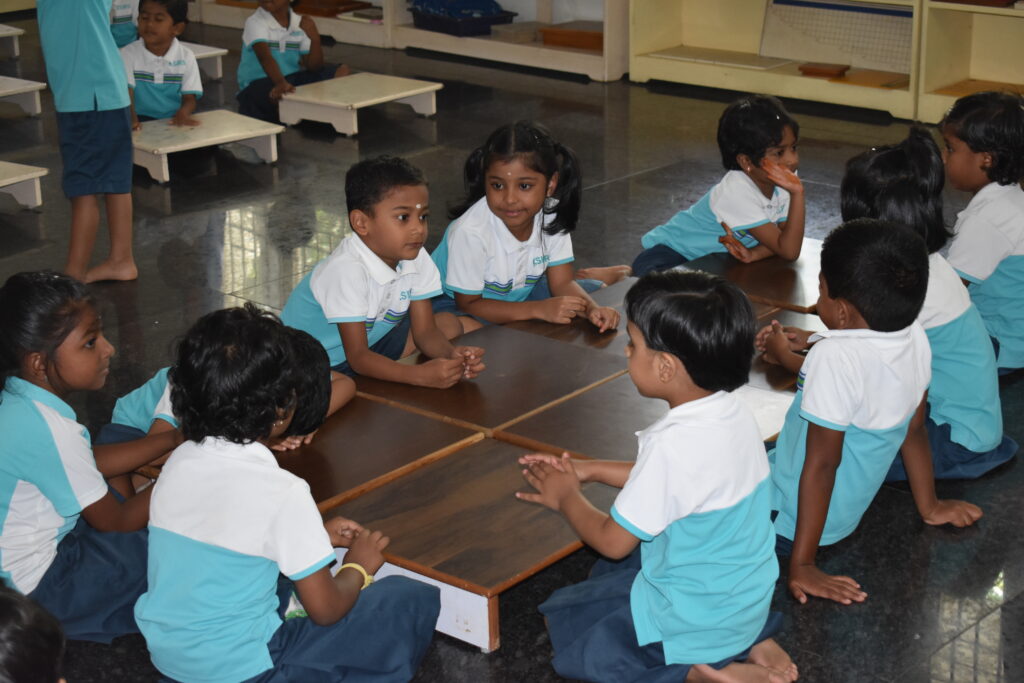
In this mixed-age setting, where 3-year-olds, 4-year-olds, and 5-year-olds share the same space, a unique learning community emerges. Older children naturally become mentors and role models for their younger peers, fostering a sense of responsibility and leadership with remarkable ease. Educational researchers emphasize that children have much to gain from playmates who differ from themselves in age and ability, far more than from those at the same developmental level.
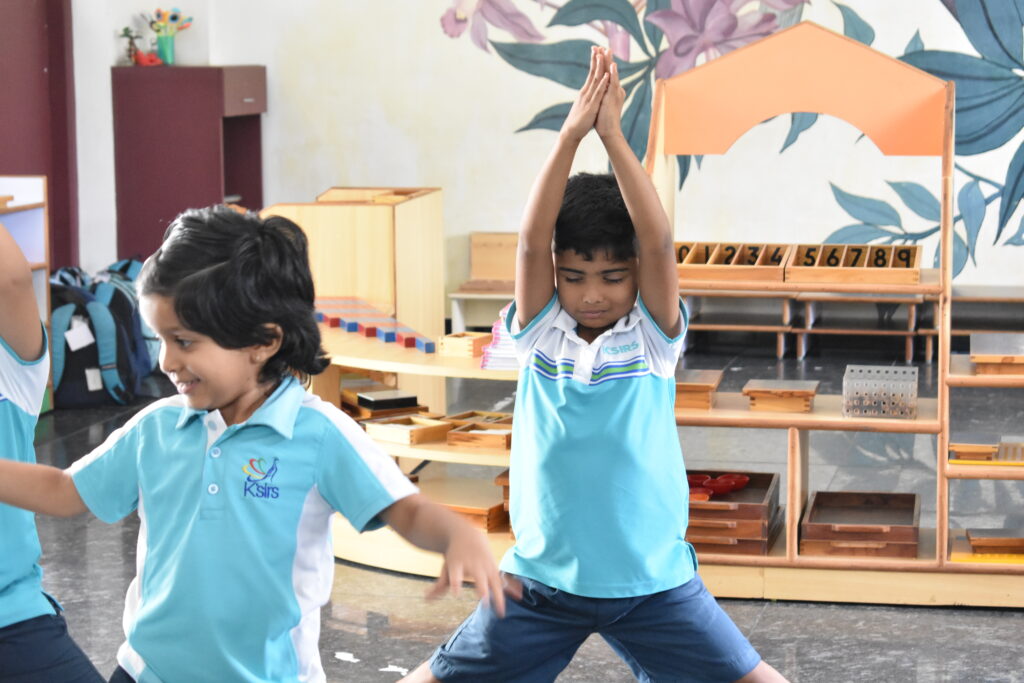
Personalized Learning:
The mixed-age environment necessitates tailored
instruction, considering each child’s distinct
learning pace. Here, younger ones observe and
learn from their older counterparts, while the
older ones solidify their knowledge by assisting
their younger friends. This dynamic minimizes the
chances of any child feeling left behind, ensuring a
supportive learning journey for all.
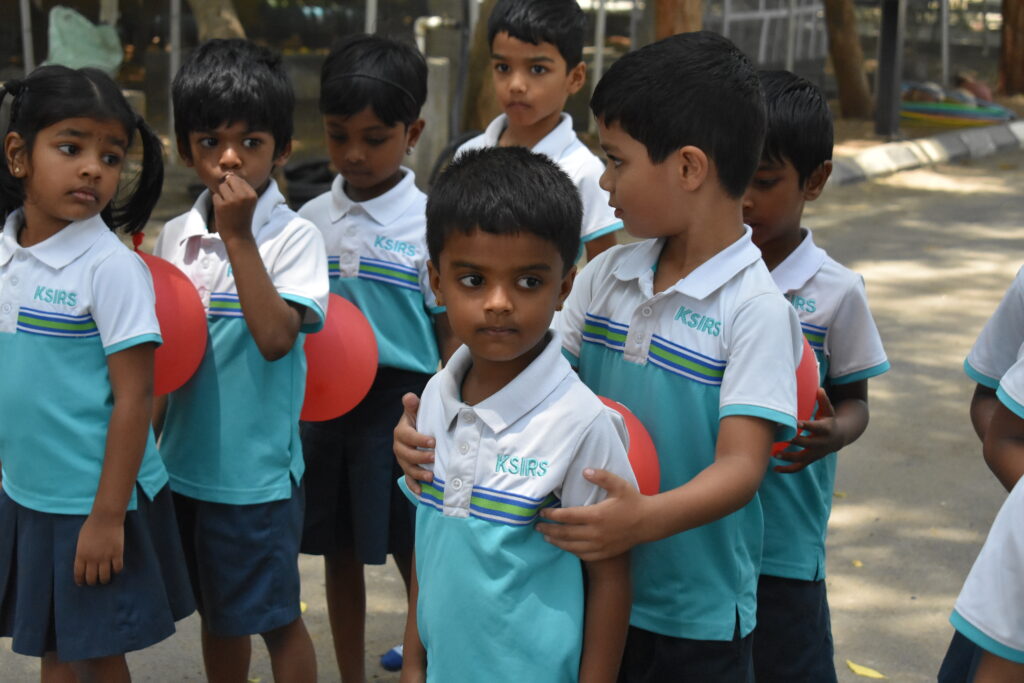
Social and Emotional Development:
Among the standout advantages of mixed-age classrooms is the nurturing of social and emotional growth. Children learn to communicate with peers of varying ages, enhancing their social skills. Studies have revealed that older children tend to demonstrate more kindness and compassion toward younger peers than those of their own age. Age mixing provides younger children with additional sources of care and emotional support.
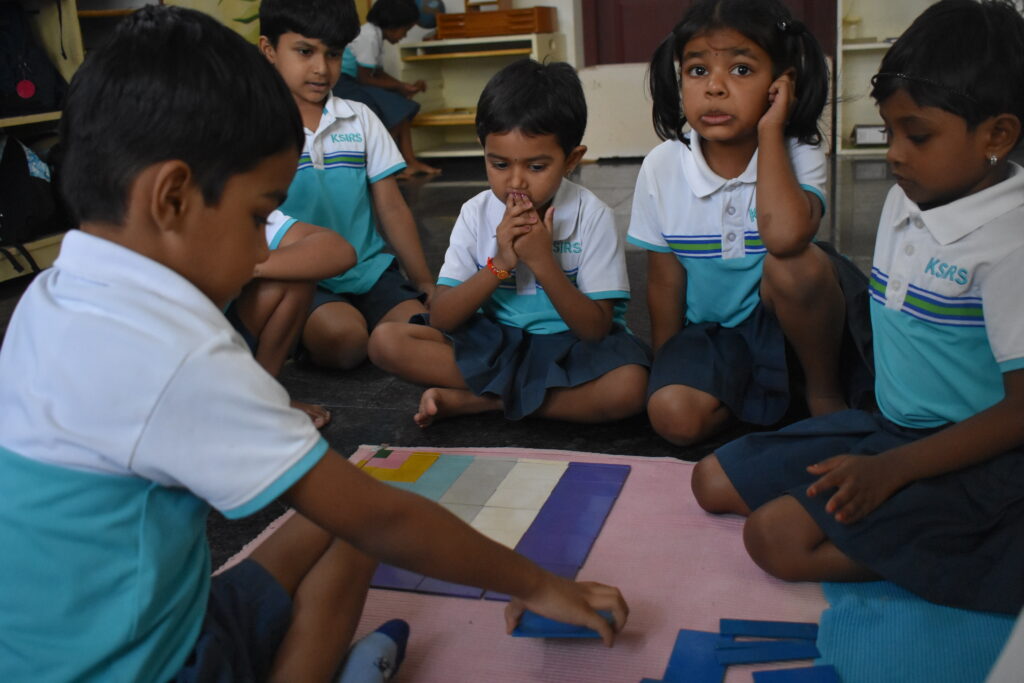
Diverse Perspectives
The beauty of mixed-age groups lies in the
diverse perspectives they bring to the learning
table. Children of different ages approach tasks
differently, infusing the environment with
creativity and encouraging critical thinking as
they consider various viewpoints.
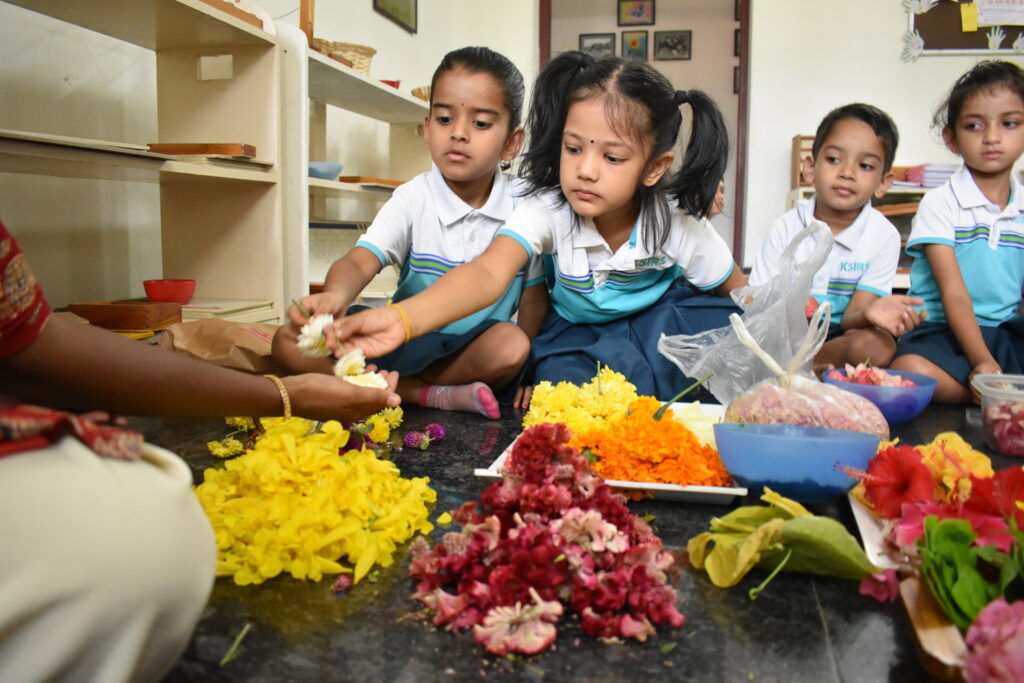
Preparing for Real Life:
In the real world, we interact with people of various ages, not just those of the same age group. Mixed-age classrooms mirror this reality and prepare children for their future interactions. Here, children are provided with opportunities to strengthen their weaknesses as they observe and interact, building their confidence and self-esteem.
Ultimately, mixed-age classrooms offer a dynamic and enriching educational experience, fostering holistic development and preparing our children for the diverse and interconnected world that awaits them. It’s a place where academic, social, and emotional growth not only coexist but thrive harmoniously. While they may not be the sole solution for every child, they undeniably represent a magical approach to early years education, one that places learning, growth, and community at the forefront of the educational journey.




